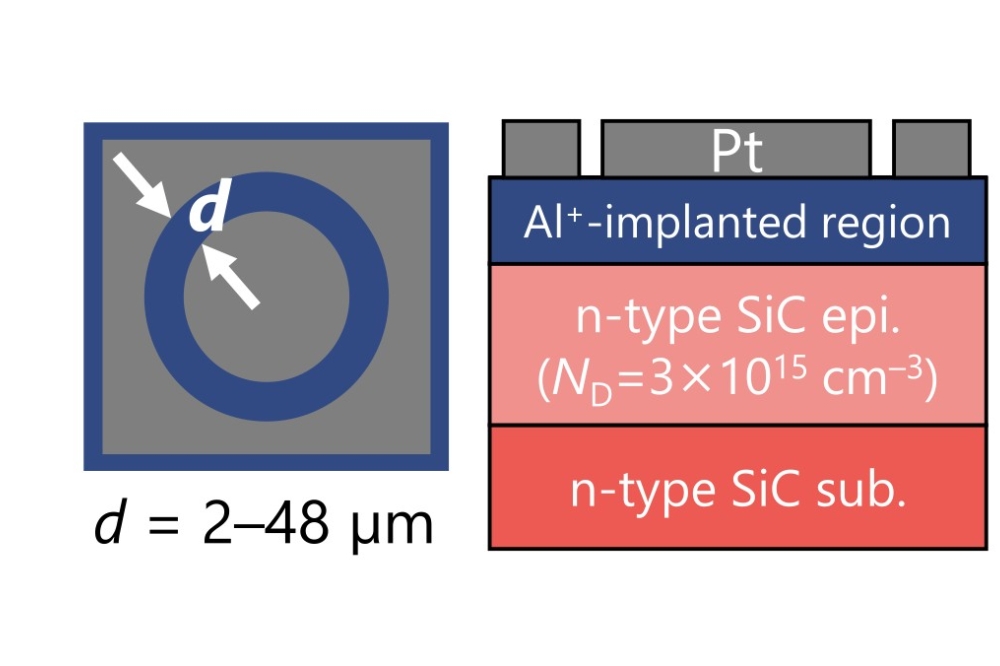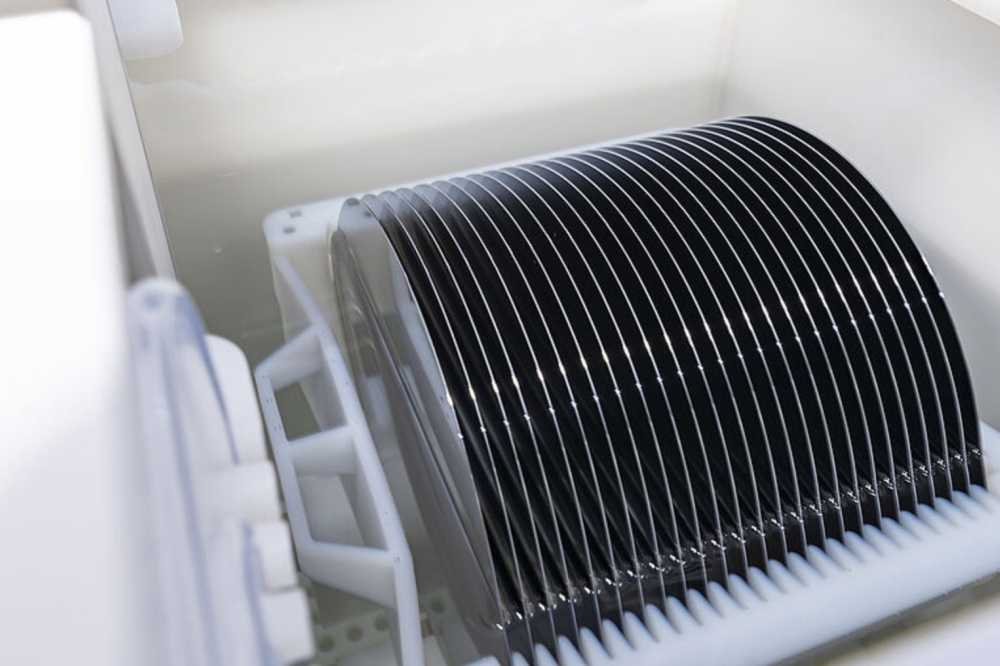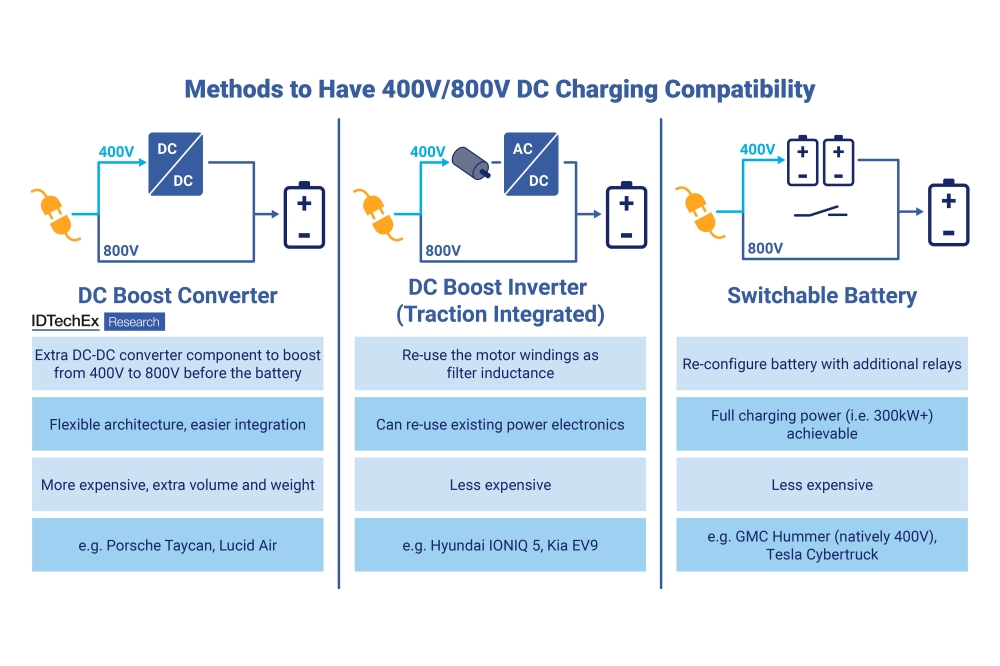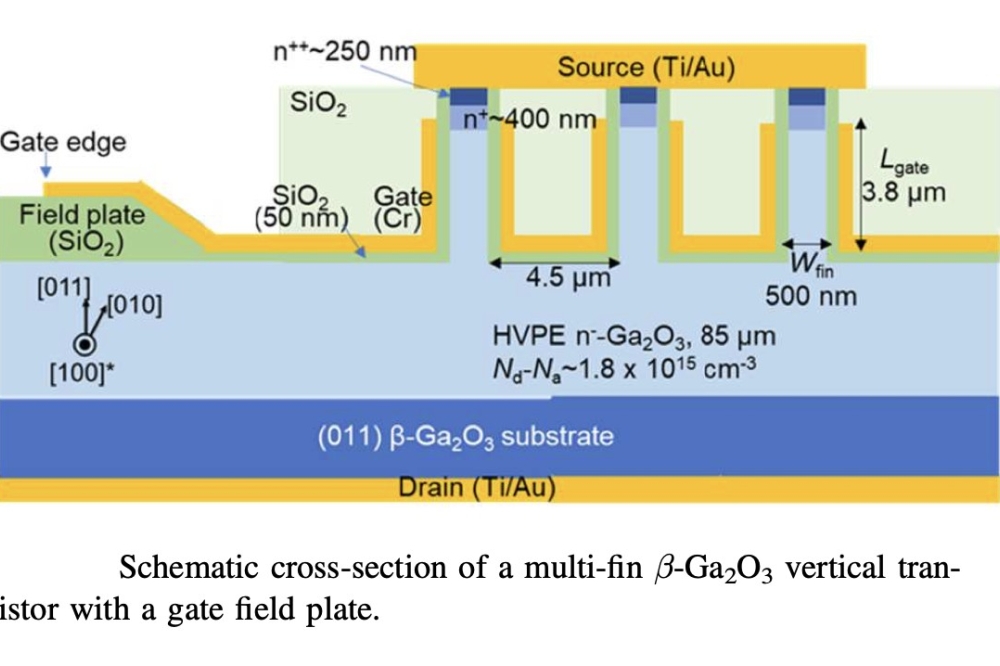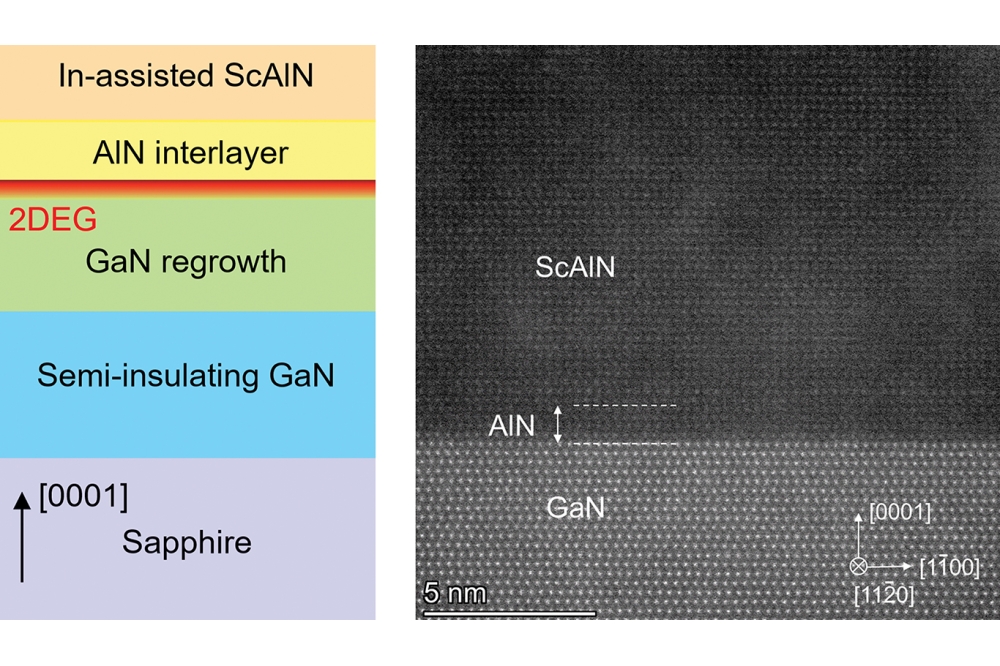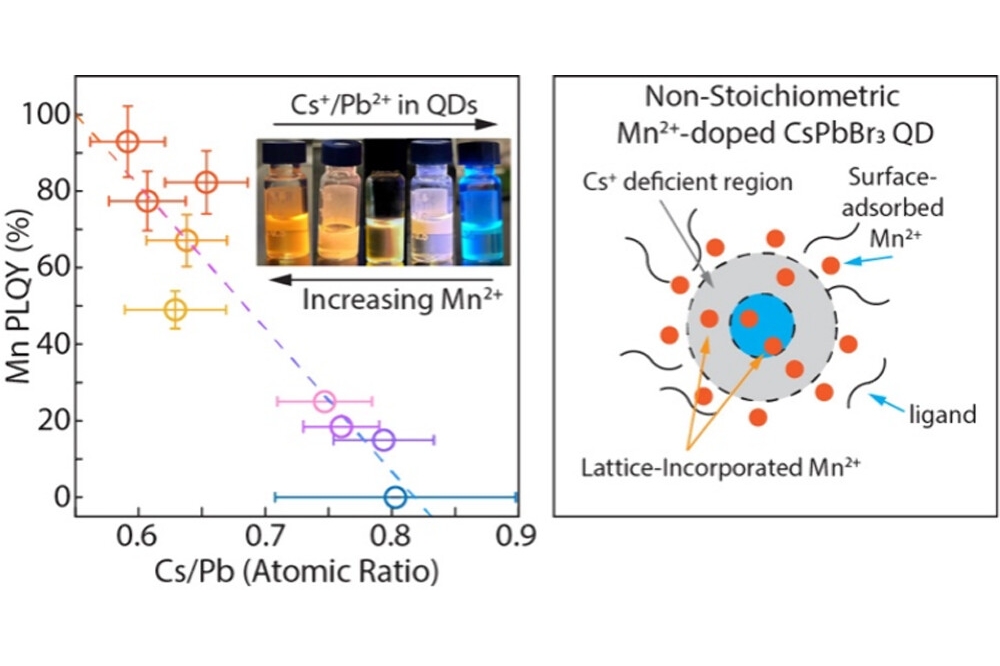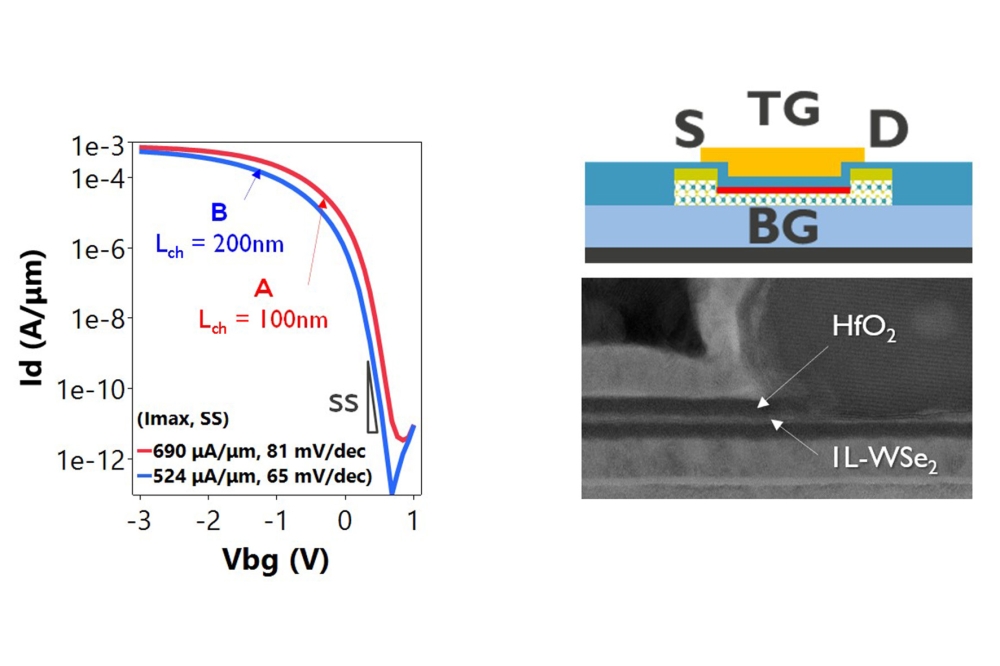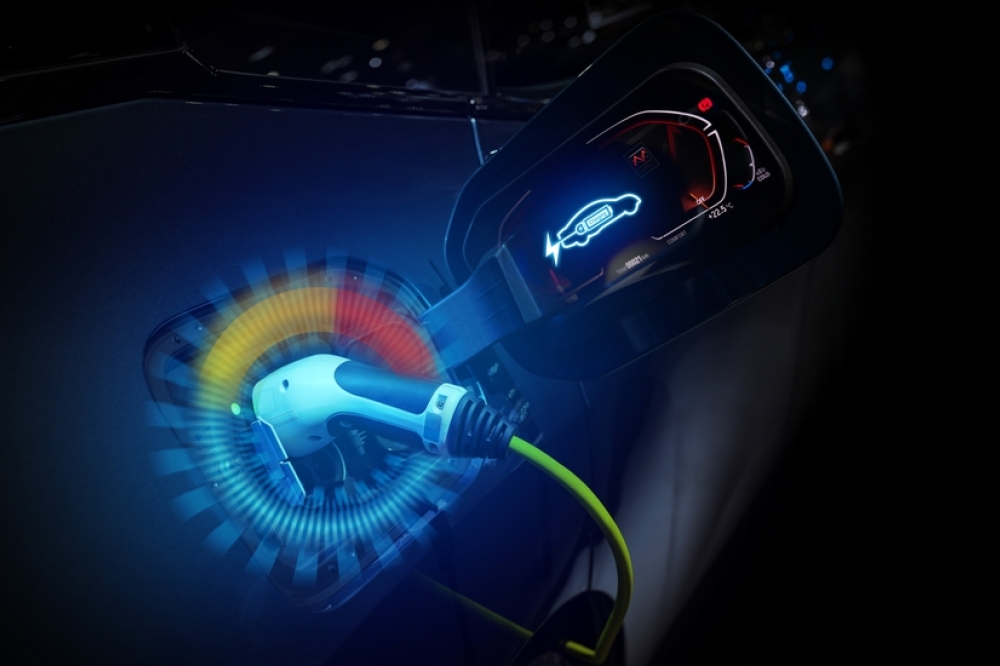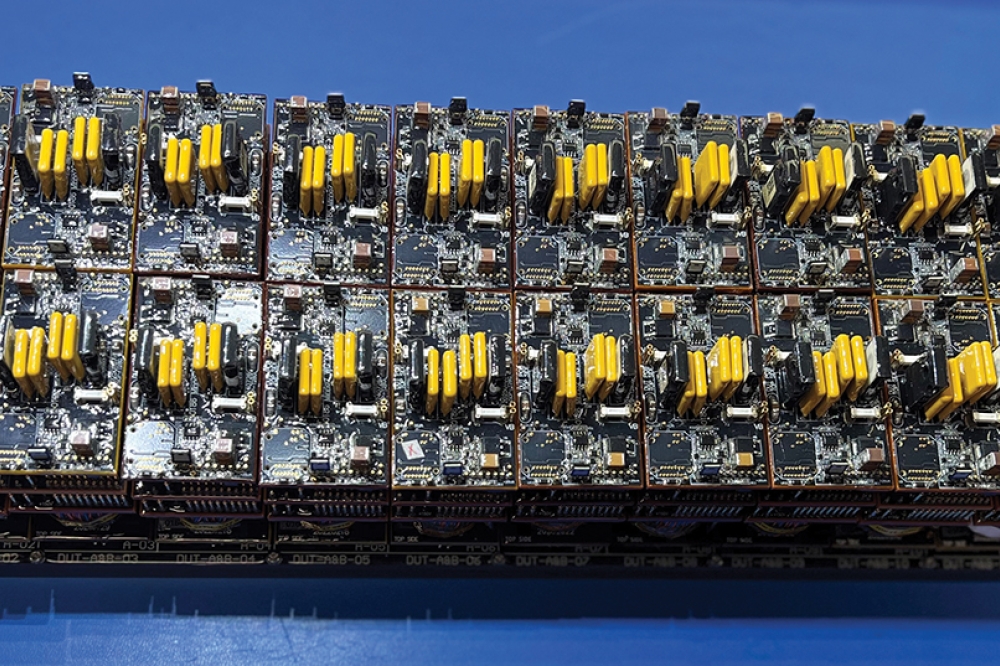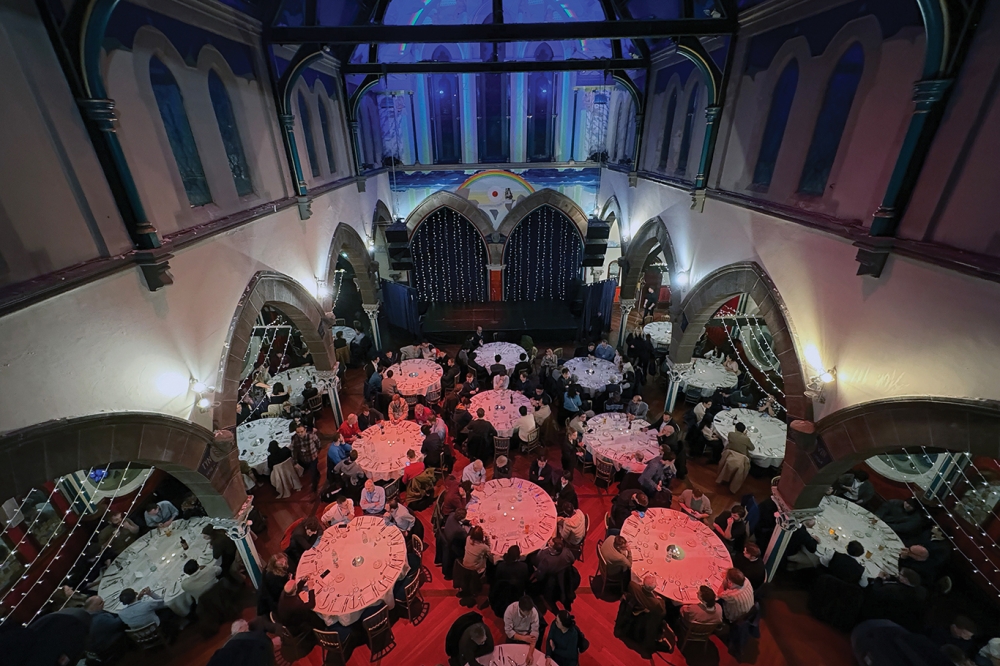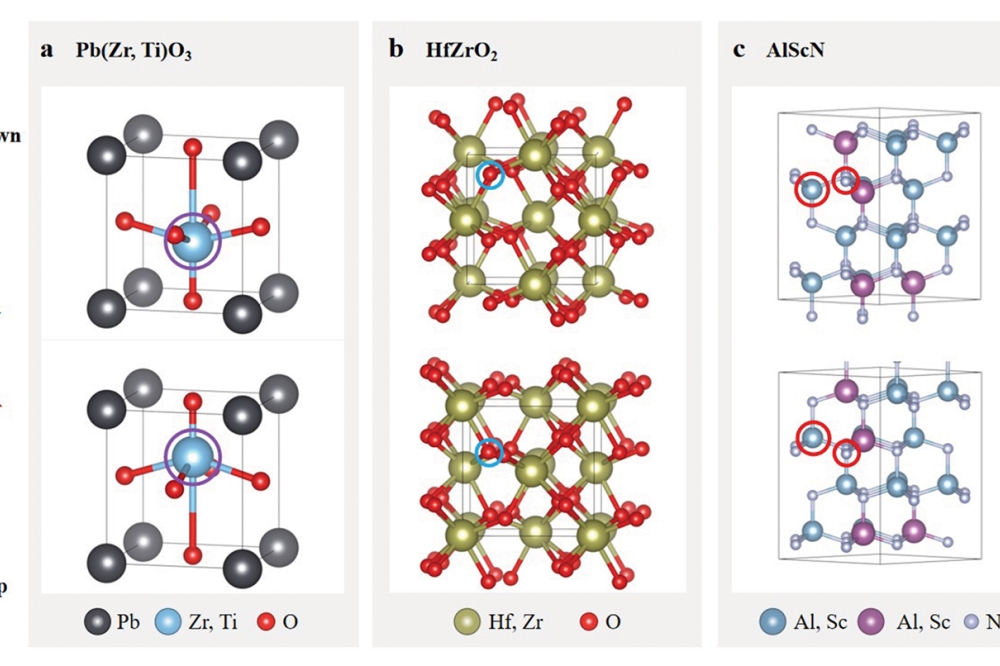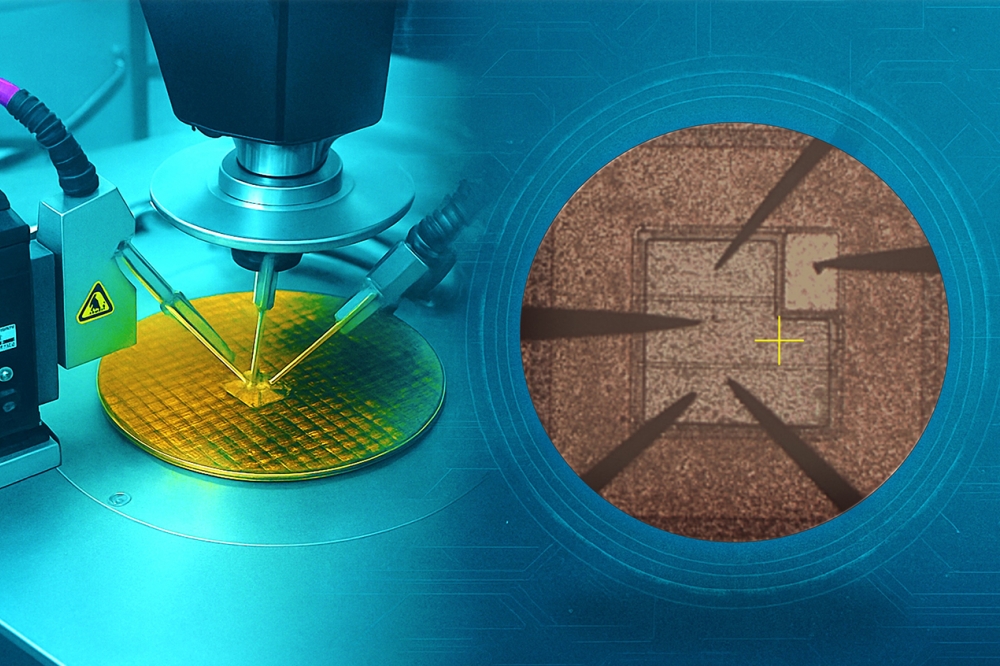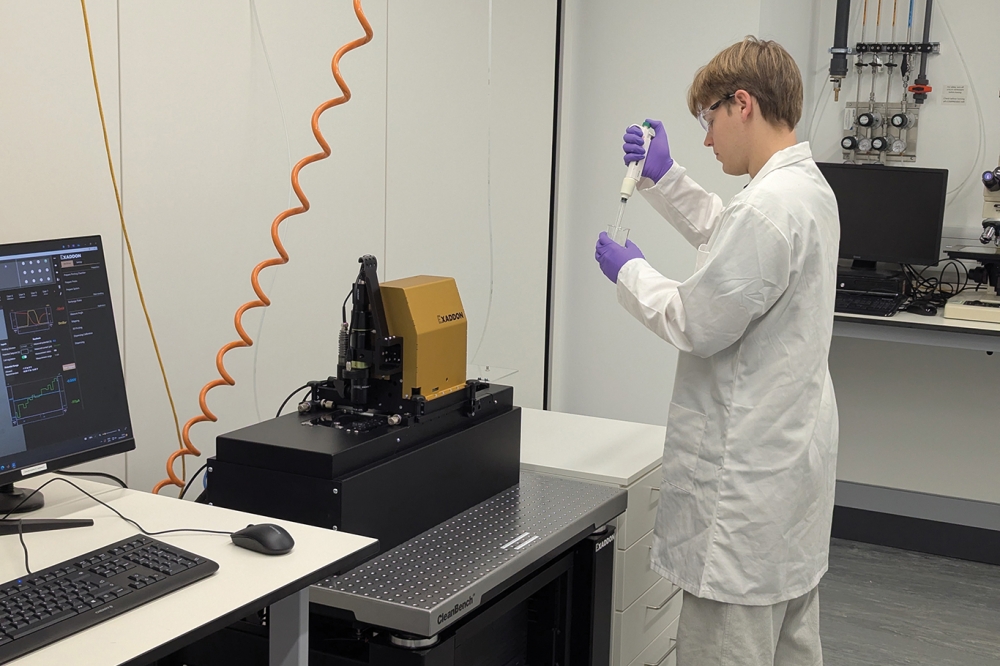Watt-class green and blue lasers

Nitride lasers close in on the requirements for laser projectors by Masahiro Murayama, Yusuke Nakayama, Yukio Hoshina, Hideki Watanabe, Noriyuki Fuutagawa, Hidekazu Kawanishi, and Hironobu Narui from Sony Corporation and Toshiya Uemura from Toyoda Gosei
Since making its debut in the 1990s, the GaN based laser has made great strides in its output power, spectral coverage and reliability. Due to all these improvements, this class of device has found deployment as a 405 nm source for reading Blu-ray discs, and more recently, as a phosphor pump for directional lights, including car headlights.
More success is still to come. Sales of blue GaN lasers for automobile headlights are set to climb, and this device "“ plus its green cousin "“ are destined to provide key components in full-colour laser projectors. Efforts to expand spectral coverage even further are also starting to bear fruit, with emission spreading to the red and ultraviolet.
Arguably, of all the applications that nitride lasers can serve, the one with the most promise is that of the laser projector. For this application, light sources based on lasers have several advantages over conventional lamps and LEDs, including high brightness, high colour reproducibility, small size, and a long lifetime.
To exploit these excellent characteristics, various products are being developed, including headmounted displays, mobile projectors, business and home projectors and digital cinema projectors.
As displays get larger, the demand for high-output lasers increases. High-brightness projectors require lasers with an output of one Watt of more.
One of the key figures of merit for the projector is its luminance. Today, this is typically several thousands to tens of thousands of lumens, realised by employing tens to hundreds of blue lasers. To reduce this number, which could cut costs and trim the size of the light source module, the power produced by the laser must increase.
Figure 1. Switching from the c-plane to the {2021} plane in GaN enhances the performance of green or longerwavelength light-emitting devices, due to the combination of a weaker piezoelectric field and good indium incorporation.
Ideally, increases in power would be accompanied by a hike in efficiency. Do this and it is possible to reduce the tremendous amount of heat generated by high-power lasers, and ease the demands placed on the special cooling mechanism needed to prevent overheating.
Another desirable attribute for these lasers is an emission wavelength that enables the light engine to meet the next standard for colour space, set to be adopted for future 8 K displays: the ITU-R Recommendation BT.2020. This standard provides a far wider pallet of colours than the current one, and will offer the ultimate video experience (the BT.2020 covers almost 100 percent of Pointer's gamut of real world colours that humans can see, compared to 74.4 percent for BT.709).
Figure 2. Dependence of electroluminescence peak wavelength on current density for a blue laser fabricated on the c-plane, a green laser fabricated on the c-plane, and a green laser fabricated on the {2021} plane. For each laser, the operating current was increased gradually up to near the threshold value. Clearly, there is a much larger blue shift for the green laser fabricated on the c-plane than for the blue laser. This suggests that the piezoelectric field and indium inhomogeneity in the InGaN active layer increase at longer wavelengths. On the other hand, the blue shift for the green laser fabricated on the {2021} plane is smaller than that for the laser fabricated on the c-plane.
To fully satisfy the BT.2020 standard, monochromatic red, green and blue light sources are required that sit on the spectral locus. One option is to use quantum dot phosphors. However, to realise high colour purity and high efficiency, cadmium-based quantum dots must be employed, and they have the drawback of being harmful to the human body
Alternative forms of dots that are free from cadmium are under development, but lagging in efficiency. Consequently, it is the view of our team from Sony Corporation and Toyoda Gosei that red, green and blue lasers offer the best solution as light sources for next-generation displays that meet the BT.2020 standard.
Device makers
Two of the pioneers of high-power, GaN-based lasers are Nichia and Osram Opto Semiconductors. Using the c-plane of GaN, Nichia has reported an output power of almost 5 W for a 455 nm blue laser and 1 W for a 525 nm green laser, while Osram has announced a 450 nm blue laser producing 3.5 W. These results are impressive, but to fully satisfy the BT.2020 standard, the lasers need to emit longer wavelengths "“ such as 467 nm in the blue and 532 nm in the green. These are the targets that our team is pursuing, as we develop high-power, highefficiency lasers.
We have had success in this endeavour, which we partly attribute to the use of semi-polar planes. We select the orientation {2021} "“ it is tilted by 75° from the c-plane toward the m-plane (see Figure 1).
Calculations suggest the piezoelectric field in material grown on this plane is only about one-third of that for the c-plane. That implies a substantial reduction in the strength of the electric field, and the promise of a significant boost to the performance of light-emitting devices. That's because the weaker the field, the greater the overlap of electron and hole wavefunctions in the well, and the greater the likelihood of radiative recombination.
What's more, when InGaN quantum wells are fabricated on the {2021} plane, rather the c-plane, the indium distribution and well thickness are more uniform. Both these features can lead to a further hike in radiative performance.
We can see the benefits of the semi-polar {2021} in our devices, which we grown by MOCVD. Measurements confirm that green lasers grown on that semi-polar plane have a far smaller blue shift with increasing current than their conventional cousins (see Figure 2). That's because c-plane lasers are plagued by a stronger piezoelectric field and a greater variation in indium distribution within the quantum well.
We take the level of performance of our green lasers even higher by employing an indium tin oxide (ITO) top contact for the p-side electrode (see Figure 3). To ensure a good contact to the p-type layer, this oxide is deposited on the ridge and then annealed.
Figure 3. Sony's green lasers are formed by using MOCVD to deposit a GaN-based epitaxial stack on a {2021} GaN substrate. ITO is used on top of the ridge. The stripe orientation is parallel to the [1014] axis.
One of the benefits of turning to ITO is that it can improve the optical performance of the laser. Its refractive index, typically 2.0, is much lower than that of the active region, allowing it to contribute to the optical cladding and ultimately ensure good vertical optical confinement. Thanks to this, a trimming of the thickness of the high-resistivity p-type AlGaN cladding layer may follow, leading to a lower device resistance. On top of these gains, internal loss, typically 1 cm-1 or less, is lower than it would have been when using a highly absorptive metal contact.
Armed with ITO contacts and a semi-polar plane, our green lasers produce an optical output in excess of 2 W "“ that is the highest value reported to date for a green laser (see Figure 4). The wall-plug efficiency for this device can reach 17.5 percent.
These green lasers are offering many of the attributes that are valued for laser displays. Emitting at 530 nm, they can help to meet the BT.2020 standard. In addition, they can deliver a long-term stable output power of approximately 1 W; and they have an estimated lifetime of more than 20,000 hours at a case temperature of 60°C, which is typically the minimum required lifetime for laser display applications. Encouragingly, these impressive results are not the limit of what is possible, and an even higher level of performance is to be expected, following refinement to the growth conditions and optimisation of the structure of the epitaxial layers.
Better blues
Like their green cousins, we produce our blue lasers by MOCVD growth on GaN substrates; and we use ITO electrodes, which contribute to the optical cladding. However, as the shorter wavelength diminishes the benefits of the semi-polar plane, we use c-plane GaN as the foundation for these sources.
Driven at 3 A, our 465 nm lasers deliver an optical output of up to 5.2 W and a wall-plug efficiency of 37.0 percent (see Figure 5). Note that these are the highest values reported within this spectral domain. This laser provides a pure blue light source for meeting the BT.2020 specification, and it is capable of long-term stable operation. Its lifetime is estimated to exceed 20,000 hours at a case temperature of 60°C.
Figure 4. Optical and electrical characteristics of Sony's green lasers. The output power and forward voltage are plotted in Figure 4(a) as a function of injection current under CW operation at 25°C. An output power of approximately 1 W was obtained at 1.2 A, and the maximum output power was 2 W, which is the highest value reported to date. The wall-plug efficiency, plotted in Figure 4(b), was calculated to be 17.5 percent at 1.2 A, which is also the highest value reported to date. Under an operating current of 1.2 A at 25°C, the lasing spectrum shown in Figure 4(c) exhibited a peak at 530 nm, which is suitable for laser display applications meeting the BT.2020 standard.
We have also produced blue lasers that emit at 445 nm. They deliver a slightly superior performance, thanks to a reduction in the strength of the piezoelectric field and improved crystallinity. Driven at 3 A, these devices can produce 5.7 W at a wall-plug efficiency of 41.3 percent.
The shorter wavelength of these sources makes them suitable for phosphor excitation. They could be used in car headlamps, or in laser phosphor projectors.
Figure 5. Optical and electrical characteristics of a Sony blue laser under CW operation at 25°C. The output power and wall-plug efficiency, shown in Figures 5(a) and 5(b), were 5.2 W and 37.0 percent, respectively, at a current of 3.0 A. The lasing spectrum, shown in Figure 5(c), had a peak at a wavelength of 465 nm, which is also suitable for laser display applications that meet the BT.2020 specifications, similar to the green laser with a wavelength of 530 nm.
Upping the power
Demand for higher-output, higher-efficiency laser diodes shows no sign of abating; thus, there is the desire for further improvement in these areas. While an output power of around 1 W in the green is a big improvement compared with what was possible a few years ago, it still fails to satisfy market demand, falling short of the excellent value of 5 W achievable with blue lasers. Consequently, there is urgent demand for a higher-power green laser. To address this, we are focusing on: increasing internal quantum efficiency of this device, to improve the light output with current; and reducing internal loss, as this will lead to a higher output power and wall-plug efficiency.
It is worth noting that while the wall-plug efficiency of high-power lasers emitting in the green and blue has been improving in recent years, these devices still fall short of the figures for the LED cousins. It may take several years for lasers catch up and overtake, but when they do, it will open the door to a large market share for lasers in display and lighting applications.


